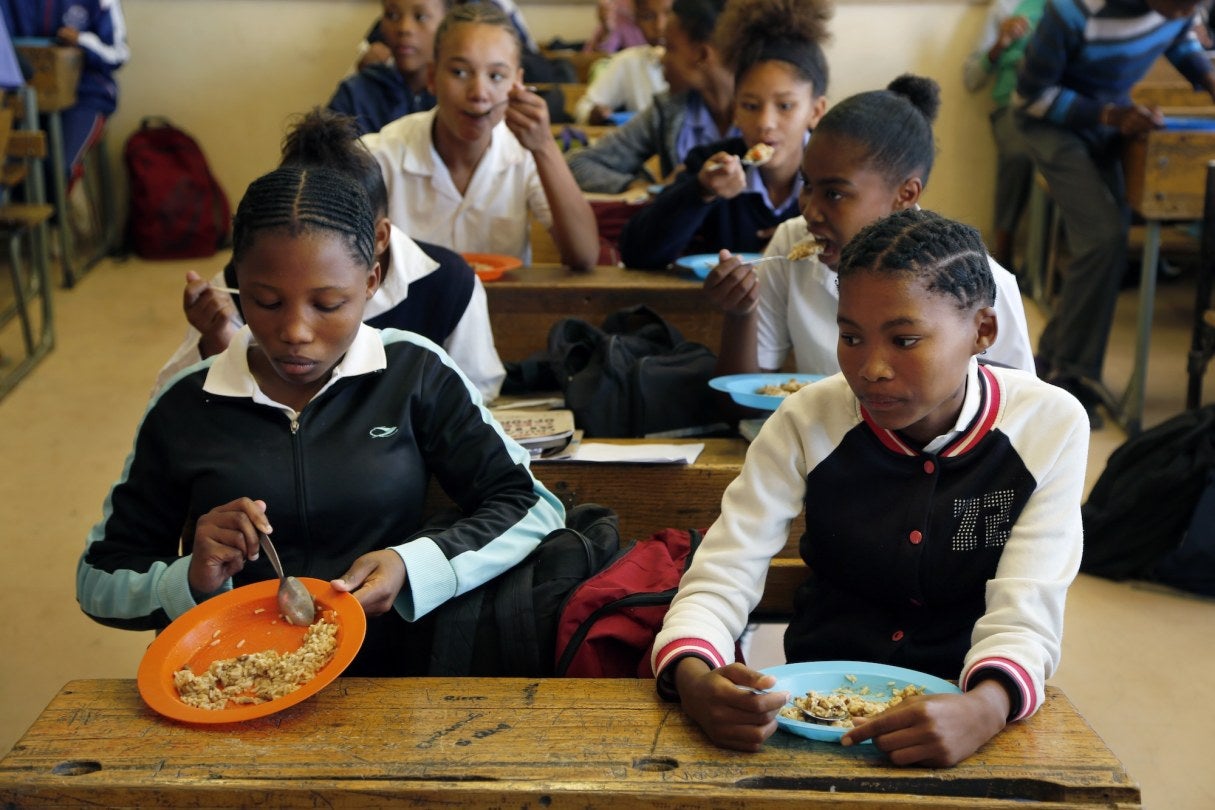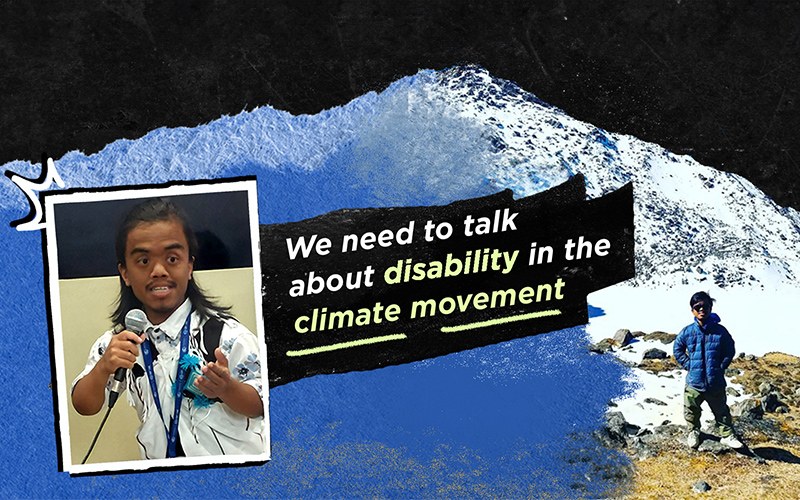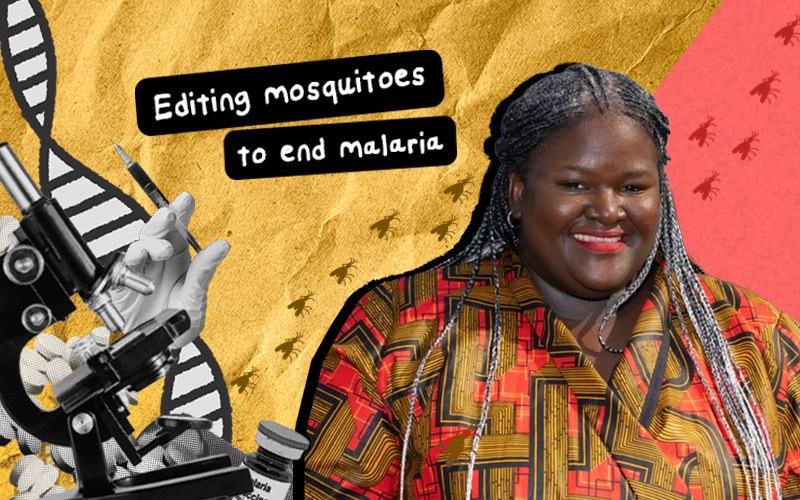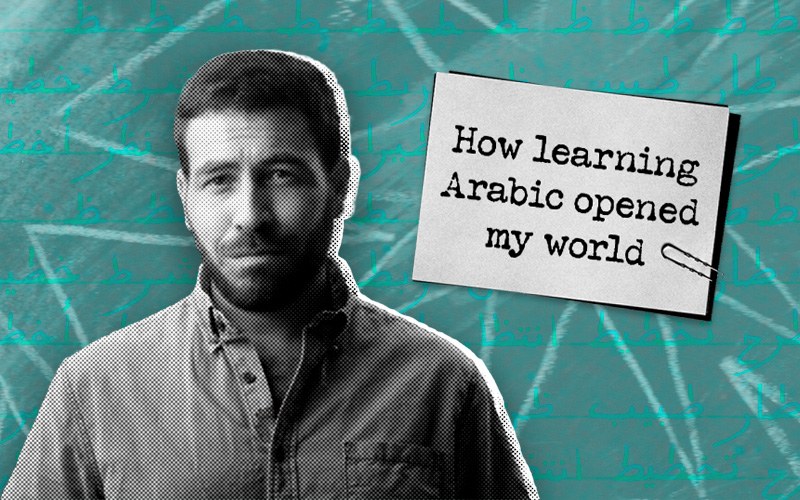More than 281 million people worldwide face 'acute food insecurity' — what does that mean?

By
A United Nations report released Wednesday found that the number of people experiencing high levels of acute food insecurity more than doubled last year compared to 2019. Of the more than 281 million people facing acute food insecurity worldwide, 705,200 in five countries and territories are facing “catastrophe,” the most extreme level of food insecurity and a classification that’s often used interchangeably with “famine.”
Famine is defined by the U.N. as the convergence of three conditions: at least 20% of the population is facing extreme hunger, meaning they go days eating little or nothing; 30% of children are too thin for their height; and the average death rate from hunger or disease has doubled.
In the Gaza Strip, one-quarter of the population — 576,600 people — are facing catastrophe or famine.
The Integrated Food Security Phase Classification uses five phases of food insecurity to classify hunger worldwide and predict potential spread:
- Minimal: Over 80% of households are able to eat over 2,100 calories per person, per day — which is generally regarded as the threshold for sufficient daily intake — and less than 5% of people are malnourished.
- Stressed: At least 20% of households are struggling to reach a sufficient caloric intake each day, and 5% to 10% of people are malnourished.
- Crisis: At least 20% of households are either malnourished or “adopting irreversible coping strategies,” like selling items essential to their livelihoods, to support their diet. Acute malnutrition rates are between 10% to 15%.
- Emergency: At least 20% of households are “facing extreme food shortages.” Disease levels are “excessively high,” and people are at a fast-increasing risk of dying from hunger. Malnutrition rates are between 15% and 30%.
- Catastrophe or famine: At least 20% of households have “almost no food,” and “starvation, death and destitution are apparent.” The acute malnutrition rate is over 30%, and two of every 10,000 people are starving to death each day.







